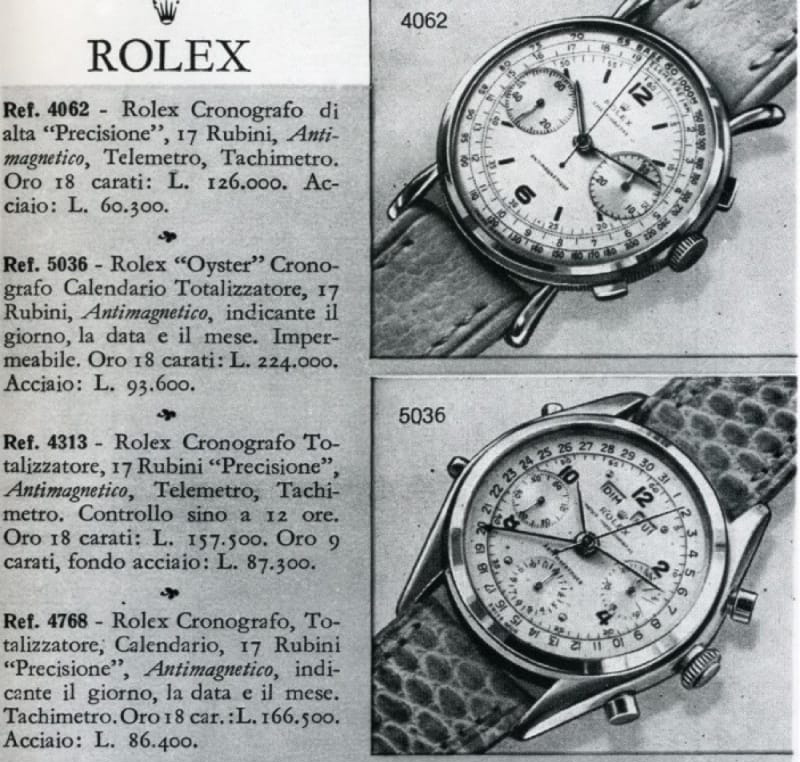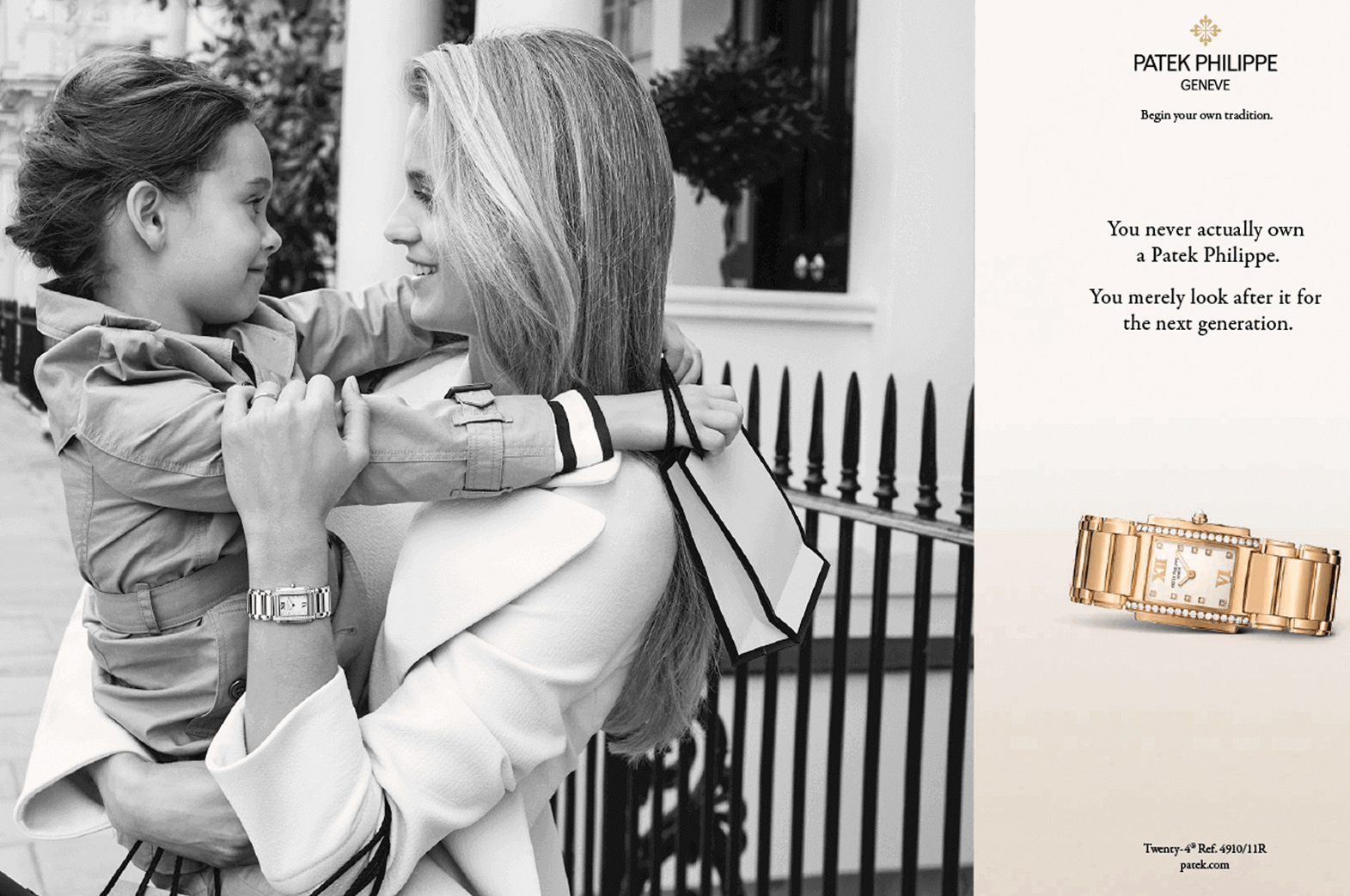Digital specialists in the retail space often over-focus on the 1% of customers that are already in the market to buy. But what if we refocused our attention on the rest? Is there a way to encourage other visitors to engage more, to subsequently buy more, and increase conversion rates? Simon Bell, managing director of Diligent Commerce, an e-commerce design and development agency focusing on online fashion and luxury retailers, believes the future of e-commerce is emotional, and by using the right language, visuals, artificial intelligence and virtual reality, watch brands can tell engaging stories that dramatically increase engagement and sales, as he describes in this illustrated workshop to emotional e-commerce.
Cast your mind back to your last interesting purchase. Not the falafel wrap you picked up for lunch or the new batteries you ordered for your bike lights, but the last “out of the ordinary” item you spent money on. Whether it was a coat, a piece of tech or a holiday, we’re willing to bet that clicking “buy now” or walking to the checkout felt at least a little exciting.
There are emotional moments at every stage of a non-routine purchase. From daydreaming about your life with the item on your wish list, and the satisfaction of rigorously researching it; to carefully saving up, the thrill of pressing “pay now” and the toe-tapping excitement of waiting for delivery. There’s an inescapable “night before Christmas” feeling to shopping — we do live in a consumerist society after all.
The emotionality surrounding purchases is more than a social phenomenon, however. It’s a potentially valuable tool in every e-commerce brand’s arsenal. Whether you sell ethical underwear, bamboo furniture or beautiful watches, harnessing emotion could make your target market tick.
To demonstrate exactly what we mean, let’s dig in to exactly why ecommerce needs to get emotional, and uncover some techniques to apply this theory to watch ecommerce…
Turning the clocks back…
But before we plunge in, it’s worthwhile taking a quick trip back in time to understand a little more about the evolution of emotion in advertising. Back in the nascence of the advertising era, adverts we’re astonishingly basic (by today’s standards).
This “naive” form of advertising was all about informing consumers that a product existed and highlighting its features. In 1886, for example, Coca-Cola’s advertising slogan was “Drink Coca-Cola”. In 1904 that changes to “Delicious & Refreshing”, and “Coca-Cola Revives & Sustains” in 1905.
In the 1960s and 70s, however, Coca-Cola’s slogans moved further and further away from the refreshing and tasty qualities of the beverage itself and began to focus on more abstract (supposed) attributes: “Coke Adds Life” (1976), “America’s Real Choice” (1985), “Life Tastes Good” (2001), “Open Happiness” (2009). From “getting more from life” and patriotism, to feeling happier overall, Coca-Cola now weaves emotion deeply into its campaigns in order to connect with consumers. It’s this connection which creates brand recognition, drives discussion and boosts sales. It’s a strategy brands and advertisers have been using for decades.

IIn the world of watches, the principle is no different. Where the earliest Rolex advertisements simply showcased the product and shared its features, later incarnations minimised images and details of the watch itself, instead focusing on lifestyle and aspiration, connecting the brand with glamorous jobs and masculine feats of derring do to resonate emotionally with its target market.
In 2017 Rolex’s TV campaigns focused on heritage and history to achieve the very same ends.
Digitalising emotion
So how can the emotion we imbue in advertising and “real world” campaigns be harnessed online? Although the advertising world already makes use of emotion to sell, this principle has taken a long time to filter through to the digital world.
This is partially because e-commerce was once arbitrarily distinct from advertising. Originally the realm of technical teams, ecommerce and digital marketing were at first all about numbers, backlinks, formulas. It wasn’t until e-commerce boomed and became one of the most important ways for businesses to reach customers that these two halves of the same coin began to merge, allowing advertising to seep into ecommerce, along with creativity and emotionality.
The clock’s ticking
This merging is still underway. Today many e-commerce teams remain overly focused on technical issues; bounce rates, keywords, backlinks, A/B testing, click-throughs – you name it. These features may be helpful, but they’re certainly not the be all and end all.

Let’s put it this way: shaving a few milliseconds off your visitors’ buying journey and focusing on making the process “frictionless” may help a handful more consumers to complete a conversion. However, create a digital campaign or refreshed web design which captures your visitors’ imagination, gets them excited, makes them feel something – that stands to convert many more customers, increase buzz around your brand, boost brand loyalty and spur on return visits.
While measuring the impact of an “emotion focused” approach to ecommerce is an incredibly woolly proposition compared to split testing a green “BUY NOW” button vs. a yellow one, the impact stands to be far greater. The more you technically perfect an ecommerce site, you can also anticipate diminishing returns.
Buying irrationally
Not so with constantly honing and sculpting the emotional impact of e-commerce. A key reason for this is that human beings do not buy rationally. We’re not forming our buying decisions on how convenient a website’s navigation is (unless it makes us totally furious). Rather, we’re typically founding our decisions on emotional factors.
Daniel Kahneman, a Nobel prize-winner and behavioural scientist, has written extensively about this facet of human decision-making. He suggested that our brains use two systems to make choices, the slow, logical and rational system two, and the fast, emotion-driven system one. In the vast majority of cases, it’s this speedy, emotional system which makes most of our decisions.
Kahneman isn’t alone. Douglas Van Praet, the author behind Unconscious Branding, states that “the most startling truth is we don’t even think our way to logical solutions. We feel our way to reason. Emotions are the substrate, the base layer of neural circuitry underpinning even rational deliberation. Emotions don’t hinder decisions. They constitute the foundation on which they’re made!”.
These theories have even be seen in action in MRI brain scans, with our emotional centers working far harder than our information procession regions during decision making tasks.
Weaving emotion into watch e-commerce
So how can you put all of this new emotional intelligence into watch e-commerce? Here are a few pointers which could help you start thinking more deeply about how to imbue your ecommerce campaigns and hub with more emotion:
Be original
Take a look at your competitors’ websites. Although fonts, colour schemes and pictures may diverge, there’s not a whole lot of diversity when it comes to ecommerce stores for watches.
That’s because it’s far easier and cheaper to use a template on which to found your store. This may make them more practical, but it doesn’t make them emotional. In fact, these cookie cutter foundations typically feel very “samey” to visitors, making yours hard to distinguish and leaving potential customers feeling cold.
Ultimately, if price is your only point of difference, why shouldn’t a consumer go to Amazon?
If you’re serious about harnessing emotion to run more effective e-commerce in the world of watches, it may be time to rebuild from the bottom up, taking the personalities, the needs, the wants and the dreams of your target markets into consideration as you create a standout, unique new online shopfront.
Picture this
Take another look at these images of Rolex adverts. The earliest versions show Rolex watches in isolation. As the content becomes more intelligent and emotional, people begin to feature increasingly heavily in the visuals and watches are rarely shown out of an adventurous or glamorous context.
Images matter. They’re one of the fastest ways of triggering emotion. Words must be read and digested. Images can affect us almost instantaneously. Using images of other humans is one way to guarantee this reaction, as we’re biologically hard-wired to recognise and respond to emotions in faces.
Our eyes are drawn to images of people, and we’re highly likely to have an emotional response to them. Choose images of people your target market will react positively to and your e-commerce site will instantly benefit from emotionality. When Medalia Art began to use human faces their conversion rate increased by 95%.
TLC matters
The visual aspects of a watch e-commerce store are just one area in which emotion can be incorporated. Weaving emotion into your ecommerce service itself is another good tactic. Everybody likes to feel cared for, and if your brand can give visitors the sensation of personal care and attention, you’ll affect their emotions positively.
Whether you offer “wrong fit” refunds and remember previous purchases like ASOS, or send considerately timed (non-spammy) special offers based on a visitor’s previous purchases, get personal and create an emotional connection.
As a watch brand, why not consider creating a “fitting tool” (as Glasses Direct have done for their spectacles) so users can see how a timepiece will look on their wrist? Better yet, why not incentivise users to share their own ideas for features which would make your e-commerce store more personal and engaging?
These three pointers offer some quick, practical approaches to integrating e-commerce and emotion, however, considering emotion as you build and hone every aspect of your online store is the real key to harnessing its real power. From your branding and navigation, to your social content and your shopping cart text, ask yourself how your web presence makes consumers feel at every stage to get more from emotional ecommerce.
Our emotional commerce white paper offers further information on how a high EQ approach to ecommerce can drive your online sales in the right direction.

